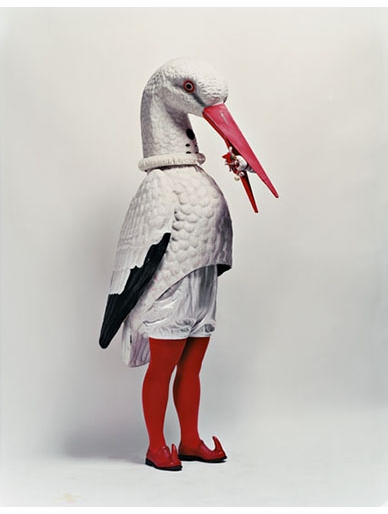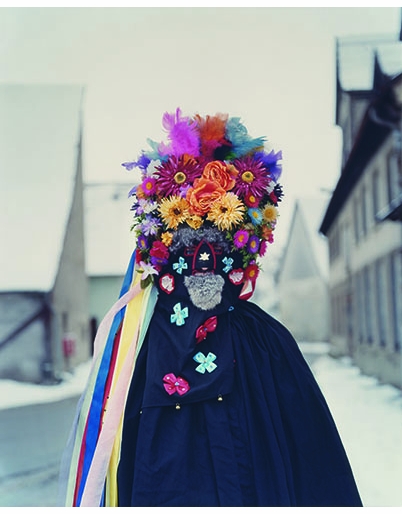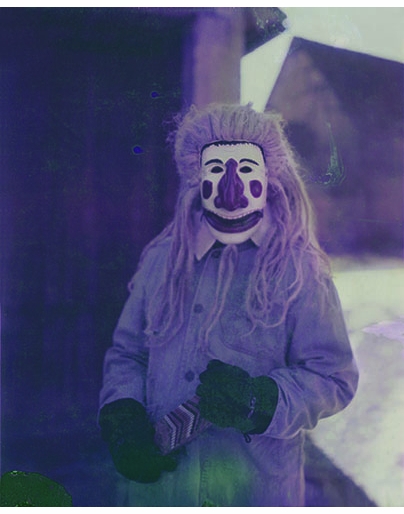ARTBOOK BLOGEventsStore NewsMuseum Stores of the MonthNew Title ReleasesStaff PicksImage GalleryBooks in the MediaExcerpts & EssaysArtbook InterviewsEx LibrisAt First SightThe Artbook 2023 Gift GuidesArtbook Featured Image ArchiveArtbook D.A.P. Events ArchiveDATE 6/2/2024 Green-Wood Cemetery presents Eugene Richards launching 'Remembrance Garden: A Portrait of Green-Wood Cemetery'DATE 6/1/2024 There's no such thing as being extra in June! Pride Month Staff Picks 2024DATE 5/24/2024 Beautifully illustrated essays on Arab ModernistsDATE 5/19/2024 Of bodies and knowing, in 'Christina Quarles: Collapsed Time'DATE 5/17/2024 192 Books presents Robert Storr and Lloyd Wise launching Heni 'Focal Points' seriesDATE 5/17/2024 Lee Quiñones signing at Perrotin Store New YorkDATE 5/15/2024 A gorgeous new book on Bauhaus textile innovator Otti BergerDATE 5/13/2024 Rizzoli Bookstore presents Tony Caramanico and Zack Raffin launching 'Montauk Surf Journals'DATE 5/12/2024 Black Feminist World-Building in LaToya Ruby Frazier’s ‘Monuments of Solidarity’DATE 5/10/2024 Artbook at MoMA PS1 Bookstore presents Yasmine Ostendorf-Rodríguez and Juan Ferrer on 'Let's Become Fungal!'DATE 5/8/2024 The World of Tim Burton in rare, archival materialsDATE 5/5/2024 Eugene Richards' eloquent new photobook documenting Green-Wood CemeteryDATE 5/5/2024 Artbook at Hauser & Wirth LA Bookstore presents Yasmine Ostendorf-Rodríguez and David Horvitz on 'Let's Become Fungal' | BOOKS IN THE MEDIACHLOE FOUSSIANES | DATE 7/31/2015Axel Hoedt“In this strange place, one can get quite close to being faceless. One has many masks that one changes according to rules unknown to me. Quite a few of the masks are repeated. I sometimes can’t tell if I’m the only one who is denied the sight of the faces. Are there faces? Are there faceless people? Or could it simply be that, even if faceless, one would still have that missing, absent, expected face?” |





